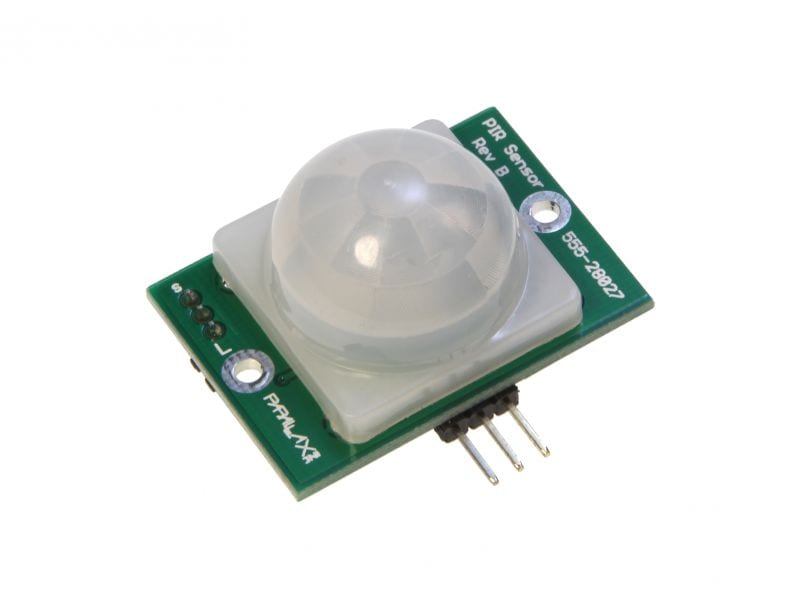

Its effectiveness, particularly for depth perception, lies in the sensorimotor relationship between observer movement and consequent retinal image motion, which is dependent on observer movement, scene layout, and point of fixation. One of the more powerful sources of information is motion parallax, i.e., relative retinal image motion resulting from active movement 1 of the observer (Gibson, Gibson, Smith, & Flock, 1959 Helmholtz, 1925). Each of the available depth cues (e.g., stereopsis, shape from shading, interposition, etc.) is limited in its effectiveness and working range (Cutting & Vishton, 1995). Such problems are ill-posed, and therefore, the visual system needs to combine different sources of information to make perceptual inferences. The visual system is faced with several computational problems: parsing the image into surfaces that belong to different objects (“segmentation”), determining the relative distances of these surfaces (“depth ordering”), and obtaining information about how far apart these surfaces are from one another (“depth magnitude”).

In order to perceive the 3D layout of a scene from 2D retinal images, the visual system exploits a number of cues that provide information about distances of different surfaces from the observer. Thus, motion parallax may contribute in a different manner to segmentation and to depth perception and suggests that their underlying mechanisms might be distinct. Our findings suggest that segmentation works best for abrupt, sharply defined motion boundaries, whereas smooth gradients are more powerful for obtaining depth from motion parallax. The results indicate that head movement might not be important for segmentation, even though it is crucial for obtaining depth from motion parallax-thus, concomitant depth perception does not appear to facilitate segmentation. Perceived depth magnitude was matched to that of a 3D rendered image with multiple static cues. In the depth-ordering task, observers reported which modulation half-cycle appeared in front of the other. Segmentation was assessed with a 2AFC orientation judgment of a motion-defined boundary. Stimuli consisted of random dot textures that were synchronized to head movement with sine- or square-wave modulation patterns. To examine the perceptual role of motion parallax from shearing motion, we measured human performance in three psychophysical tasks: segmentation, depth ordering, and depth magnitude estimation. The first two hypotheses were confirmed and qualitative data were obtained supporting the third.Relative image motion resulting from active movement of the observer could potentially serve as a powerful perceptual cue, both for segmentation of object boundaries and for depth perception. (3) When moving out of synchrony with a given plane, a stimulus object will be seen as moving laterally (as well as shifting in depth) until it achieves synchrony with the other plane, at which time it will be perceived as static. (2) Viewed by a moving subject, a middle-ground object that is being shifted from synchrony with one plane to synchrony with the other plane will be judged as moving away from the original plane toward the other plane.

Three hypotheses were advanced: (1) Viewed by a moving subject, a middle-ground object moving in synchrony with static objects in either a foreground or background plane will be judged as static and at the depth of the synchronous plane. Employing a model visual field with splotched backdrop, two planes of static gray balls and an intermediate moving red stimulus ball were presented while subjects were also under various conditions of lateral movement. This experiment was designed to study the influence of motion parallax on depth and movement perception.


 0 kommentar(er)
0 kommentar(er)
